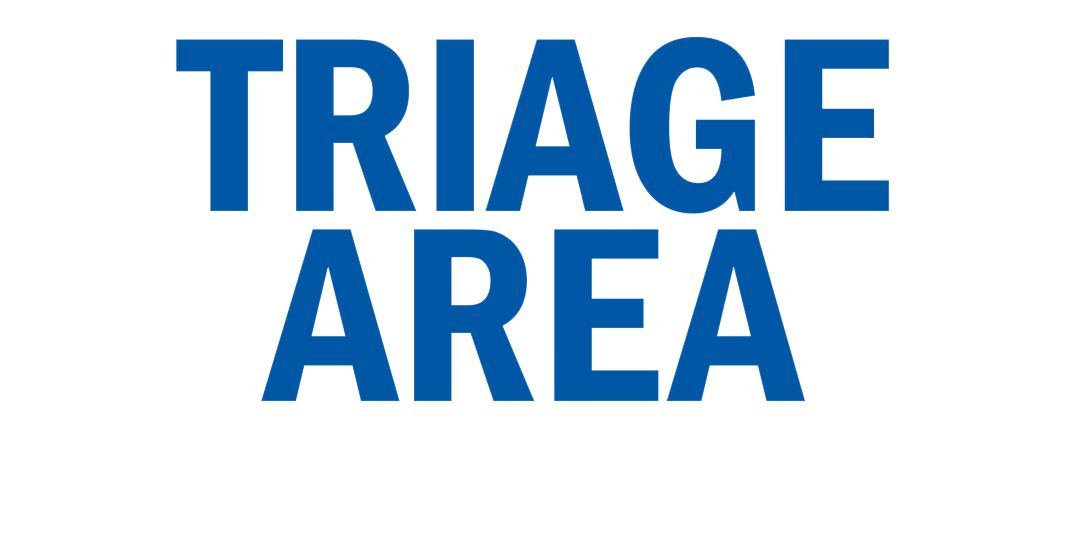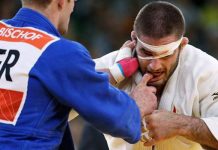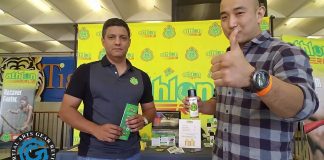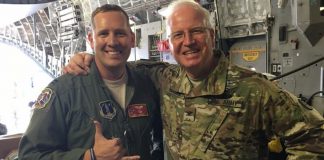This installment of Dojo Medicine is a recent true story from our dojo and how we managed the triage process in the dojo.
We were working on spinning hook kicks at advanced class a few months ago and there was a loud “snap.”like a tree branch breaking?” The student spun and the supporting foot did not look good!
First order is the emergent management of the problem, mitigation, and reduction of the injuries impact on the injured student. In other words, “check your own pulse first!” It is core that staying calm and working the problem demonstrates your professionalism. You are now “center stage” and every student is watching your response, or the lack of one! Interesting to note was that at the time of this incident there were actually two physicians in the same class. They were not versed in emergent orthopedic management. Being prepared, as the instructor is the best answer.
A-B-C-D-E-F:
As I ran the list – airway – breathing – not an issue but what about circulation? The injury had caused an obvious deformity. A probable dislocation with an angulated fracture, serious indeed! There are two pulse points on the foot that are distal to the ankle. Understanding how to properly feel those pulse points is a key to establishing if there is blood flow to the foot. If no pulse is felt, then your next step would be 911 – no discussion. Also, arteries, veins, and nerves tend to run in bundles, so if you feel a pulse, ask the injured student if they feel you touching them. It can help establish that no major nerve injury had occurred, sensory function. Asking them slowly wiggle their toes establishes motor function. This is all basic and can be done in just a few seconds. It goes a long way in the assessment of an injury.
Continue the process: A B C now Deformity and Exposure?
This one was easy because the ankle was in an abnormal angulated position. Since the student was stoic, he preferred no ambulance, if possible, so with an obvious fracture and a familiarity with splinting, I used a SAM splint device to support the ankle in place and help prevent further injury. I made no attempt at manipulation or reduction of the site because he had a good pulse and an intact nerve supply. (Attempt’s at reduction in the field can cause further injury, the only time I personally would consider such a maneuver is in the case of a pulse-less foot in a remote setting, an effort to re-establish blood flow, get them to the ER!). There was no need for exposure. He was not wearing shoes, so exposure of the injury in a GI was easy.
Pain management: Ice was used to reduce the swelling and dull pain. Choosing not to reduce orthopedic injuries is generally the best decision, particularly if you have no training. Ice them and ship them. I see teachers at tournaments aligning fingers, pulling on noses, yanking on toes, and bouncing people on their heels after groin kicks? I have no idea how that helps, but I have certainly had judges bounce me up and down after getting kicked there and I never thought of it as helpful. The risk of further injury is always present, so it is best to get them to the ER and let the E.R. personnel deal with these issues. Trying to reduce anything in a dojo, seminar, or tournament setting is both complicated and very risky and the ER has sedation, narcotics, and training!
Preventing further injury?
If instructors are not familiar with SAM Splints, you should be! Splinting, and a general understanding of it, can be useful tools, BUT, you must understand how to do it properly! Always make sure you check pulses before and after using a splint device. If it is too tight, it can reduce or even stop blood flow, like a tourniquet! Proper training is the key to this skill. Never break rule number one in medicine, “First – Do NO harm!”
A-B-C-D-E-F Follow Up:
By now you have established that he has a good pulse, the site is secure with a splint, and the ice is easing the pain a bit. Next question, how do you move him? We used a tried and true method I have done many times on various deployments around the globe. The classic: “four hand seat- carry” which can be learned, in a just few minutes. My only caution is that you are aware of lifting and timing, have one person designated to count to three, so all of you lift together. Also, don’t drop the student. Once we had him in the car we elevated the ankle and applied a fresh ice pack, put on his seat belt, and went straight to the local E.R.
Final Outcome:
He was diagnosed with a fracture and ankle dislocation. He was casted and later seen by an orthopedist for follow up care that required surgery to correct and stabilize the injury. His vascular and neurologic function did very well. He is in the process of mending and has been a regular fixture at the dojo teaching some students one on one from his chair. Now walking and returning to training the orthopedist expects him to be able to return fully to his martial arts training. This is the outcome we all want and, with a solid knowledge base, instructors can go a long way to preventing further injury, reducing lost training time, and adding one more layer of confidence among your students in that their instructor is capable in an emergent situation.







